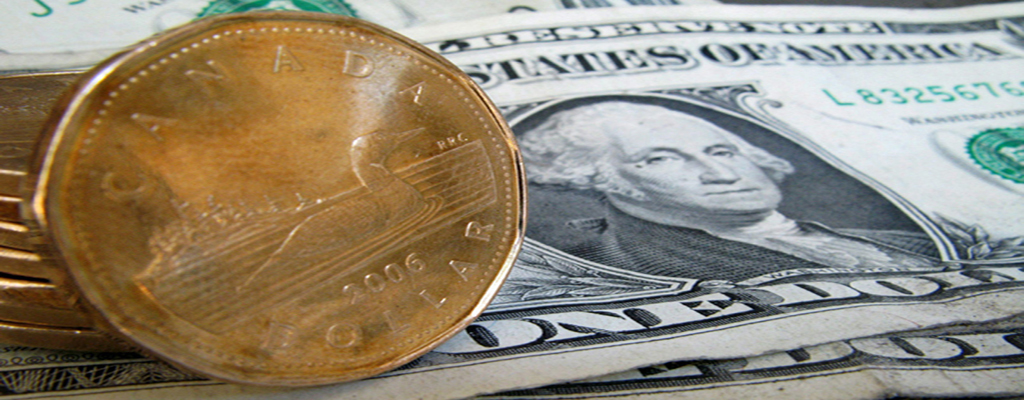TSX Points Higher Friday, Declines on Week

Equities in Canada’s largest market made attempts to finish the week in positive territory, though the end result for a short week found their main index in the red, mostly on trade anxiety.
The TSX Composite Index gained 25.49 points to 25,879.50. Over the last four days of a holiday-shortened week, the index faded 92 points, or 0.36%.
The Canadian dollar finished positive 0.7 cents to 72.86 cents U.S.
Gold stocks led the winners, as Aya Gold grabbed 38 cents, or 3.4%, to $11.68, while Wesdome Gold hiked 47 cents, or 2.6%, to $18.66.
Among materials, NGEx Materials climbed 69 cents, or 4.8%, to $14.94, while Lundin Mining galloped 59 cents, or 0.6%, to $13.10.
Consumer staples also broke even, as Alimentation Couche-Tard gained $1.01, or 1.5%, to $68.92, while Empire Company surged 72 cents, or 1.4%, to $51.55.
In tech issues, Bitfarms lost eight cents, or 5.2%, to $1.45, while Sylogist dumped 31 cents, or 3.3%, to $8.98.
Industrials lost strength as well, as Bird Construction surrendered 61 cents, or 2.3%, to $25.95, while Canadian National Railways ditched $3.15, or 2.1%, to $144.14.
In telecoms, Quebecor slumped 32 cents to $37.88, while BCE fell 22 cents to $29.53.
Global equities tumbled after Trump recommended tariffs on goods from the EU starting on June 1.
The Republican-controlled U.S. House of Representatives passed a sweeping tax and spending bill on Thursday, raising concerns about worsening fiscal outlook in the world's biggest economy. The bill now heads to the Senate for approval.
Also on Thursday, Bank of Canada Governor Tiff Macklem said he expected second-quarter growth to be "quite a bit weaker" than the first quarter, and that it could be worse in subsequent quarters if the uncertainty around U.S. tariffs continued.
The central bank last month forecast annualized first-quarter GDP would be 1.8% but did not give any other projections, citing uncertainty over U.S. tariff policy.
The official numbers are due out next Friday, a week before the Bank of Canada gives its interest rate decision.
On the economic slate, Statistics Canada reported retail sales increased 0.8% to $69.8 billion in March. Sales were up in six of nine subsectors and were led by increases at motor vehicle and parts dealers.
ON BAYSTREET
The TSX Venture Exchange was hoisted 8.11 points, or 1.2%, to 686.66. The Exchange gained 3.3 points, or 0.48%, on the week.
Seven of the 12 subgroups were lower Friday, as information technology slid 1%, industrials gave back 0.6%, and telecoms settled 0.4%.
The five gainers were led by gold, better by 1.4%, materials, improving 1.2%, and consumer staples improving 0.8%.
ON WALLSTREET
Stocks declined Friday after President Donald Trump raised trade fears again, warning Apple and recommending stiffer duties on the European Union.
The Dow Jones Industrials lost 256.02 points to 41,603.07.
The S&P 500 dipped 39.19 points to 5,802.82
The NASDAQ Composite flopped 188.53 points, or 1%, to 18,737.21.
Apple shares shed more than 2% after Trump posted on Truth Social that iPhones sold in the U.S. must be made in the U.S. and if they are not “a tariff of at least 25% must be paid by Apple.” The move against Apple by Trump is the first against a specific company in his tariff rollout this year.
Micron and Qualcomm declined 2%. Nvidia shares lost 1%.
Stocks came off their lows of the day after reports the White House did not interpret Trump’s remarks as a formal statement of policy.
Markets south of the border are, of course, shuttered Monday for Memorial Day.
Friday’s declines added to the market’s weekly losses. The S&P 500, Dow and NASDAQ are all down more than 2% this week.
Separately, the president said trade discussions with the EU “are going nowhere” and so he’s “recommending a straight 50% tariff on the European Union, starting on June 1, 2025.”
Trump’s actions come at a time when tariff tensions were easing.
Trump in April implemented duties on most nations in the world, which rattled the stock market and nearly put the S&P 500 in a bear market. The president then paused the stiffest tariffs for 90 days and hatched some preliminary agreements with the U.K. and China, causing stocks to recover. The S&P 500 got back to even on the year last week.
Prices for the 10-year Treasury were higher by the close Friday, lowering yields to 4.51% from Thursday’s 4.54%. Treasury prices and yields move in opposite directions.
Oil prices regained 39 cents to $61.59 U.S. a barrel.
Prices for gold revived $65.90 to $3,361.60.










































